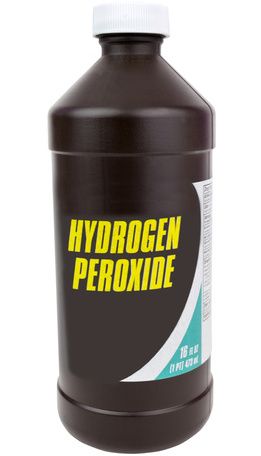Article
Peroxide Intake in Alternative Medicine Can Be Toxic
Author(s):
Don't drink peroxide, even if alternative medicine promotes it.

Peroxide has long been the go-to antiseptic for minor scrapes and as a bleach, so it is no surprise ingesting the harsh chemical is not recommended — even when promoted in alternative medicine.
A high concentration of peroxide in cleanses or “natural cures” can often lead to embolisms affecting the cardiac, respiratory, and neurological systems, and even death.
According to Benjamin Hatten, MD, MPH, University of Colorado School of Medicine, Aurora, CO, the study’s lead author, “Though touted by the alternative and complementary medicine communities as ‘super water,’ peroxide should not be ingested for any reason. Because there are also industrial uses, some ingestions have been accidental because of its resemblance to water”.
Due to increased reported cases of high-concentration (>10%) peroxide ingested in the US, Hatten and his team conducted a retrospective analysis of the National Poison Data System during a 10-year period. They initially considered 1,054 cases, but only 294 cases met the inclusion criteria.
Results disclosed that 13.9% of the reported cases had embolic events and 6.8% of the cases either died or showed continued disability. The life-threatening conditions that were recorded included: altered mental status, heart attacks, hypoxia, respiratory distress, pulmonary embolism, stroke, and seizure.
While the initial hypothesis suggested using endoscopies would be beneficial, the team noted that routine endoscopy wasn’t helpful — it only revealed grade 3 or 4 lesions in 5 cases.
The study found that symptomatic high-concentration peroxide exposure had a high incidence of associated embolic events, and those with evidence of embolic events experienced higher rates of death. The team did note improved outcomes after some patients were administered hyperbaric oxygen therapy.
Researchers explained that peroxide is meant to be used by the dropper and then diluted, but in the course of the study the team saw many cases where it was stored at full strength in clear bottles in the refrigerator. “This is a caustic liquid, and as with many poison prevention efforts, we recommend keeping this product in its original container and adding both child-resistant capping and a colorizing agent to reduce the possibility of accidental ingestion,” concluded Hatten in a news release.





